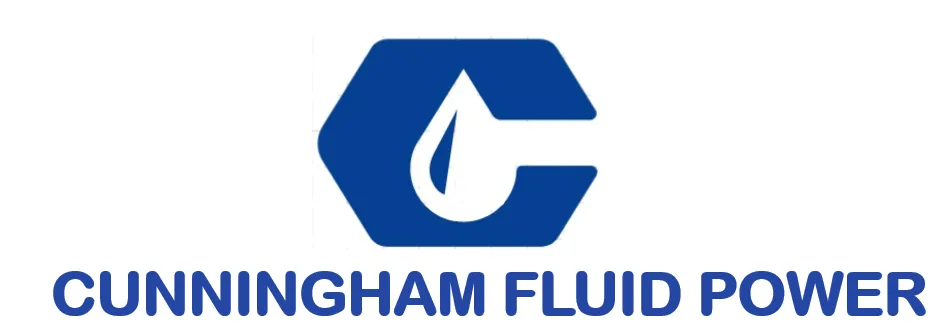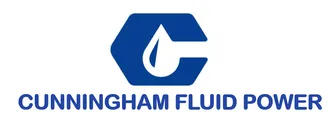Common Challenges in Pump Repair: Understanding the Issues and Solutions
In the realm of industrial maintenance, Pump Repair is a critical component that often poses a myriad of challenges for technicians and engineers alike. Understanding the issues that arise during pump repair is essential to ensuring operational efficiency and longevity of equipment. Common problems such as seal failures, bearing wear, and hydraulic imbalances not only disrupt workflow but may also lead to costly downtime if not addressed promptly. This blog will delve into the frequent challenges encountered in pump repair, exploring the underlying causes and offering actionable solutions. By equipping yourself with this knowledge, you'll be better prepared to tackle pump repairs effectively, ultimately improving the reliability and performance of your pumping systems. Join us as we navigate through the complexities of pump repair and highlight best practices to overcome these challenges.

Challenges in Identifying Common Pump Failure Symptoms and Their Causes
Identifying common pump failure symptoms and their underlying causes can be a daunting task for many technicians and operators. Pumps are critical components in various industries, and their malfunction can lead to significant downtime and financial losses. One of the primary symptoms of pump failure is unusual noises, such as grinding or whining, which often indicate issues like misalignment or bearing wear. Recognizing these auditory cues is crucial, as they can prompt timely interventions before more severe damage occurs.
Another frequent challenge is detecting changes in pump performance, such as fluctuating flow rates or reduced pressure. These symptoms can stem from multiple sources, including clogged filters, worn impellers, or air leaks in the suction line. Proper monitoring systems that provide real-time data can greatly enhance the diagnosis process, enabling operators to pinpoint issues more effectively. Understanding these common symptoms and their causes not only aids in quicker repairs but also helps establish preventive measures, ensuring the longevity and efficiency of pump operations.
Common Challenges in Pump Repair: Symptoms and Causes
Impact of Improper Maintenance on Pump Performance and Longevity
Improper maintenance is a significant factor affecting pump performance and longevity, leading to increased costs and reduced efficiency. Regular maintenance routines are crucial to preventing issues such as leaks, cavitation, and wear. When pumps are neglected, they may operate under stress, which not only diminishes their performance but can also shorten their lifespan dramatically. Just as vibratory asphalt compactors benefit from preventive maintenance strategies, pumps require systematic care to operate optimally.
The implications of poor upkeep are far-reaching. In industries where efficiency is paramount, such as construction and renewable energy systems, the need for reliable pump operation is undeniable. Effective maintenance practices, including routine inspections and timely repairs, can significantly enhance the reliability of pumps, mirroring the advancements seen in other technologies like 3D printing or self-healing materials in concrete. Recognizing and addressing the fundamental maintenance challenges enables organizations to safeguard their investments and ensure continuous, efficient operations.
Analyzing the Effects of Corrosion and Erosion on Pump Efficiency
Corrosion and
erosion are two significant factors that negatively impact pump efficiency, leading to increased operational costs and downtime. According to a study by the Hydraulic Institute, nearly 50% of pump failures are attributed to these issues. Corrosion often occurs due to the chemical interactions between the pump materials and the fluids being pumped. For example, pumps handling acidic or alkaline substances are particularly vulnerable. This degradation not only compromises the material integrity but also results in
reduced flow rates and
pressure losses, which can exacerbate operational inefficiencies.
Erosion, on the other hand, primarily results from the physical wear caused by abrasive particles in the fluid. A report from the American Society of Mechanical Engineers indicates that up to 30% of maintenance costs in hydrocarbon processing plants are linked to erosion in pumps. Regular monitoring and material selection, such as using
hard-faced or composite materials, can mitigate these issues significantly. Implementing effective erosion and corrosion management strategies not only
enhances pump lifespan but also improves overall system reliability, aligning with best practices in preventive maintenance.
Utilizing Advanced Diagnostic Tools for Effective Pump Repair
In the realm of pump repair, utilizing advanced diagnostic tools has become a game changer in identifying and resolving issues efficiently. Traditional methods of diagnosing pump problems often involve trial and error, leading to prolonged downtime and increased costs. However, with the advent of modern technologies such as vibration analysis, thermography, and ultrasonic testing, technicians can now pinpoint the root causes of pump failures much more accurately. These tools not only help in understanding the specific faults but also provide real-time data that can guide repair strategies.
Furthermore, advanced diagnostic tools enhance preventive maintenance practices. By regularly monitoring pump conditions, technicians can identify potential issues before they escalate into major breakdowns. For instance, vibration analysis can detect imbalances or misalignment in pump components, which, if left unchecked, may lead to catastrophic failures. Integrating these technologies into routine maintenance schedules not only extends the life of the pump but also ensures operational efficiency, allowing industries to reduce downtime and improve productivity.
Common Challenges in Pump Repair: Understanding the Issues and Solutions
| Challenge | Description | Solutions | Diagnostic Tools |
|---|---|---|---|
| Vibration Issues | Excessive vibration can lead to pump failure and damage. | Balancing the rotor, realigning elements, and inspecting bearings. | Vibration analyzer, ultrasonic testing equipment. |
| Leakage | Leaks can cause loss of fluid and pressure drops. | Replace seals and gaskets, tighten connections. | Thermal imaging camera, leak detection systems. |
| Cavitation | Cavitation can lead to pitting and erosion of pump components. | Increase inlet pressure, reduce flow restrictions. | Flow rate measurement devices, pressure gauges. |
| Overheating | Overheating can cause premature failure of pump components. | Ensure proper cooling, check for flow obstructions. | Temperature sensors, infrared thermometers. |
| Noise | Unusual noises can indicate mechanical issues or wear. | Inspect and replace worn parts, check alignment. | Acoustic emission monitoring, sound level meters. |
Cost-Effective Strategies for Reducing Downtime During Pump Maintenance
When it comes to pump maintenance, one of the most pressing challenges is minimizing downtime. Pumps are critical components in many industrial processes, and any interruption can lead to significant financial losses. Implementing cost-effective strategies to reduce downtime not only enhances the efficiency of operations but also extends the lifespan of the equipment.
One effective approach is to establish a proactive maintenance schedule that includes regular inspections and early detection of potential issues. By monitoring the condition of pumps and addressing wear and tear before they lead to breakdowns, operators can significantly decrease unplanned downtime. Additionally, investing in training for maintenance staff ensures they are well-equipped to handle minor repairs on-site, further reducing the time pumps are out of service.
Another strategy involves optimizing spare parts inventory management. By keeping critical components readily available, teams can respond quickly to repairs without waiting for parts to arrive. Using predictive analytics can also help identify the point at which a pump might fail, allowing for timely interventions before a major issue arises. These practices not only lower costs associated with emergency repairs but also contribute to a more streamlined and efficient maintenance process.

We have over 30 years of experience in designing complete hydraulic systems, repairs and distribution of fluid power equipment and parts.
FOLLOW US ON :
Contact Details
Address:
4020 SE 45th CT.
Ocala, FL 34480
Phone No:
Email:
sales@cunninghamfluidpower.com





